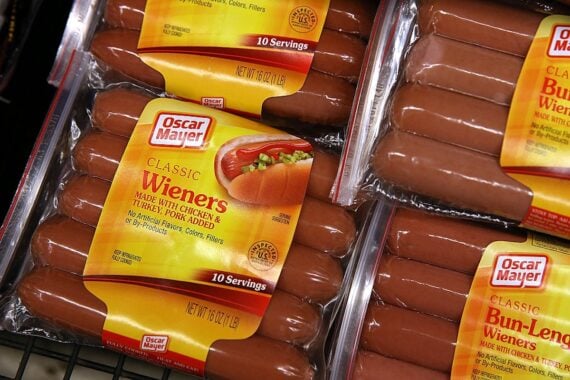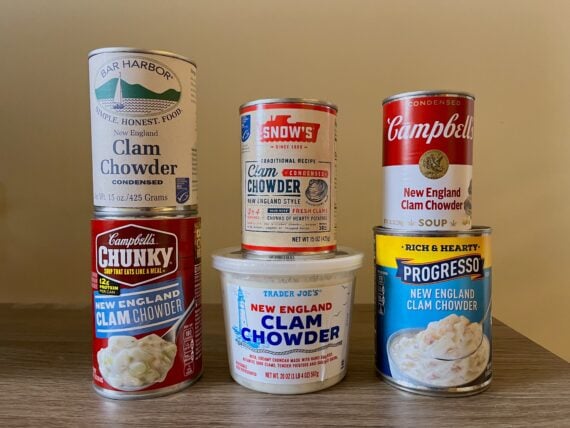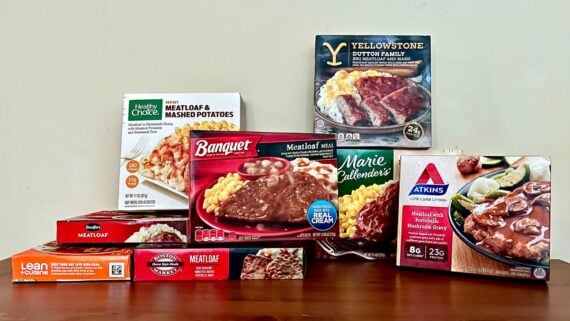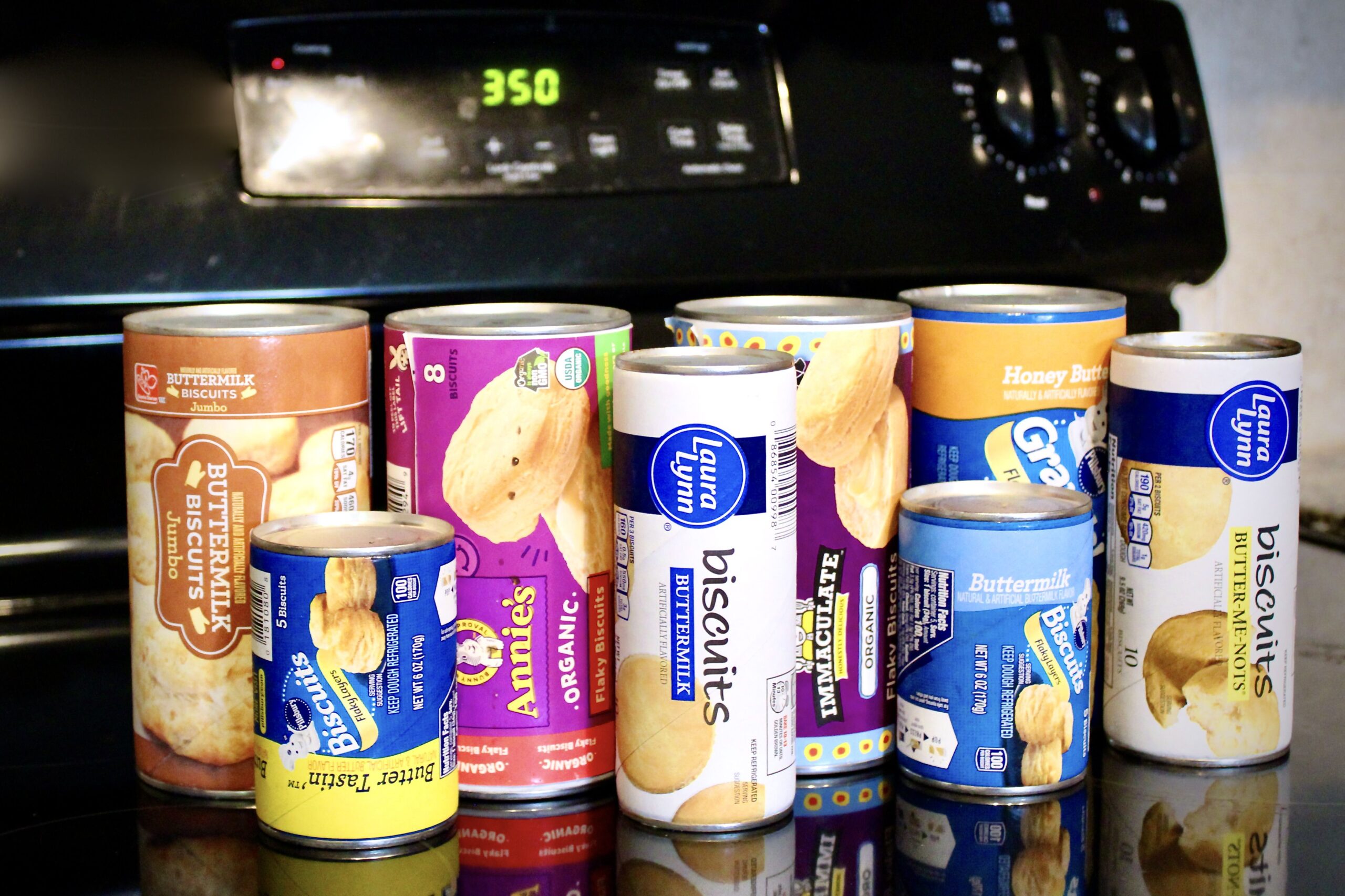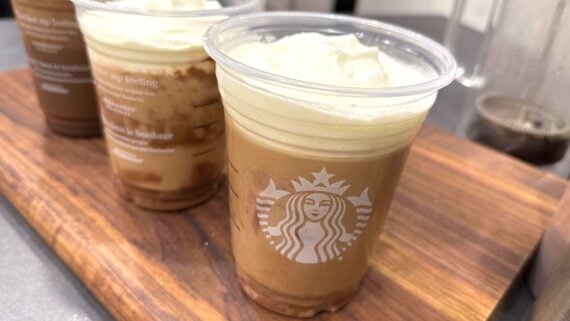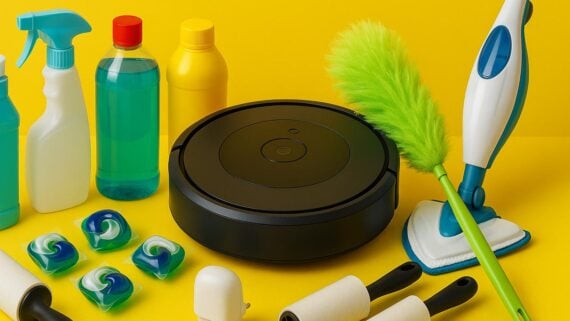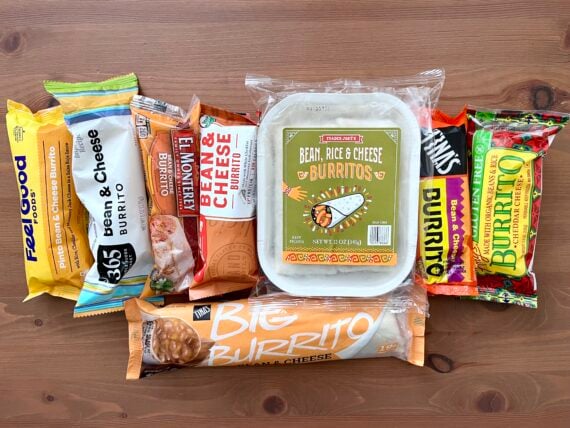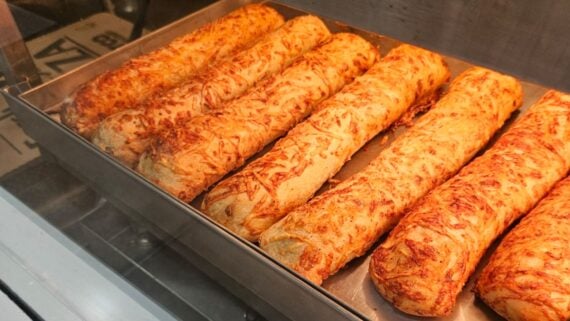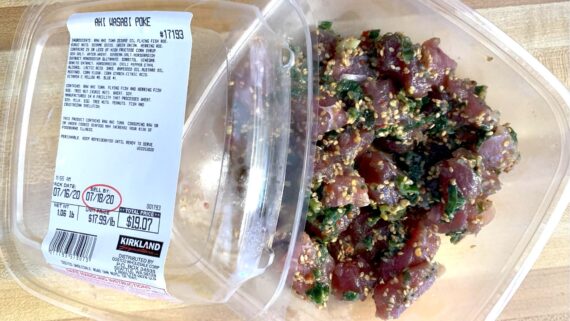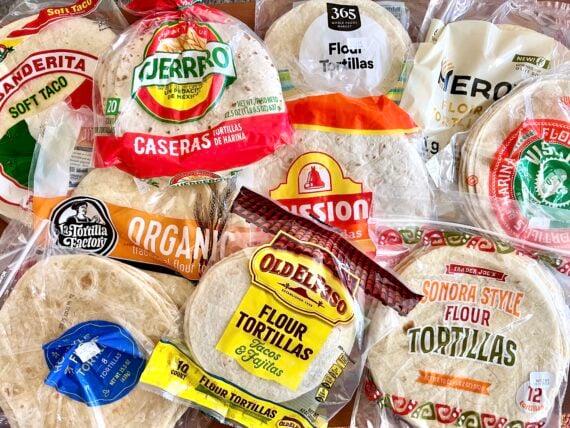Shopping
-

23 Fast-Food Family Meal Deals Available in October
Feeding a crowd can get expensive, so we’ve tracked down the best family meal deals from fast-food chains to help save you some cash.
-

Walmart is Selling an Ultra-Bright Rechargeable Flashlight for 85% Off Right Now
If our motto, “Because being alive is expensive,” resonates with you, you know the thrill of scoring a deal that brightens your day — literally. Walmart has taken a light that usually retails for $189 and slashed it down to…
-

6 Worst Hot Dog Brands at the Grocery Store
There are plenty of hot dog brands out there, but they’re not all great. Here are the worst grocery store hot dogs, according to shoppers.
-

I Tried 6 Popular Brands of Canned Clam Chowder and This Is the Best
Discover the best New England clam chowder you can find at the grocery store, thanks to our taste test that compared 6 popular varieties.
-

Costco Prepared Meals That’ll Feed Your Whole Family
From Kirkland Signature meatloaf to mac and cheese, enchiladas to chicken pot pies, these are the best Costco prepared meals for feeding a crowd.
-

I Tried 8 Kinds of Frozen Meatloaf and I Really Wish I Didn’t
Sometimes you want comfort food and you want it fast, that’s when frozen meatloaf shows up. Here are 8 popular brands of frozen meatloaf, ranked.
-

Deadly Listeria Outbreak Tied to Pasta Products Sold at Walmart, Trader Joe’s
Popular pasta meals sold at grocery chains have been recalled over a deadly listeria outbreak. Here’s what to know about the pasta meals recall.
-

Spirit Halloween Expanding ‘Spirit Christmas’ to 30 Stores This Season. See List
Spirit Halloween is tripling the number of Spirit Christmas stores this year, bringing holiday decor, gifts, and festive experiences to more shoppers.
-

We Tried 9 Canned Biscuits — This Is the Best
Do classic Pillsbury biscuits rise above the others? What about organic and buttermilk? Here are the best canned biscuits, according to our taste test.
-

Where to Get Free Coffee Today for National Coffee Day
We’ve rounded up the best National Coffee Day deals at popular chains for this year. Find out where to get the best coffee deals and freebies.
-

11 Costco Products That Are (Almost) Universally Loved
Costco has earned a reputation for being more than just a warehouse club. It’s a destination where people discover products that become staples in their homes. Some items, like the…
-

The Unhealthiest Fast-Food Chicken Nuggets, Ranked
A new report reveals that some fast-food options are worse than others. Here are the unhealthiest fast-food chicken nuggets, ranked.
-

20 Cleaning Products That Are a Total Waste of Money
Like so many other things you don’t need to buy, many cleaning products don’t work well, do more harm than good, or can be skipped in favor of a much…
-

I Tried 8 Frozen Bean and Cheese Burritos, and This Was the Best
We set out to find the best frozen bean and cheese burritos. Find out which burrito came out on top in our ranked taste test.
-

Toys ‘R’ Us Is Making a Comeback with New Stores. Here’s Where
Iconic toy store Toys ‘R’ Us is making a grand comeback. Find out where the new Toys ‘R’ Us locations will open across America.
-

9 Unhealthiest Costco Prepared Foods
Costco’s premade foods can save time, but aren’t always the healthiest. Here are the unhealthiest Costco prepared meals that you might want to avoid.
-

Costco Ready-to-Eat Meal Recalled in 33 States for Listeria Contamination
Costco recalls Kirkland Signature ready-to-eat ahi tuna poke bowls sold in 33 sttes. Here’s what to know about the recall.
-

10 Store-Bought Flour Tortillas, Ranked
Not all flour tortillas at the grocery store are made the same. To help you decide, here are 10 store-bought flour tortillas, ranked best to worst in our taste test.

